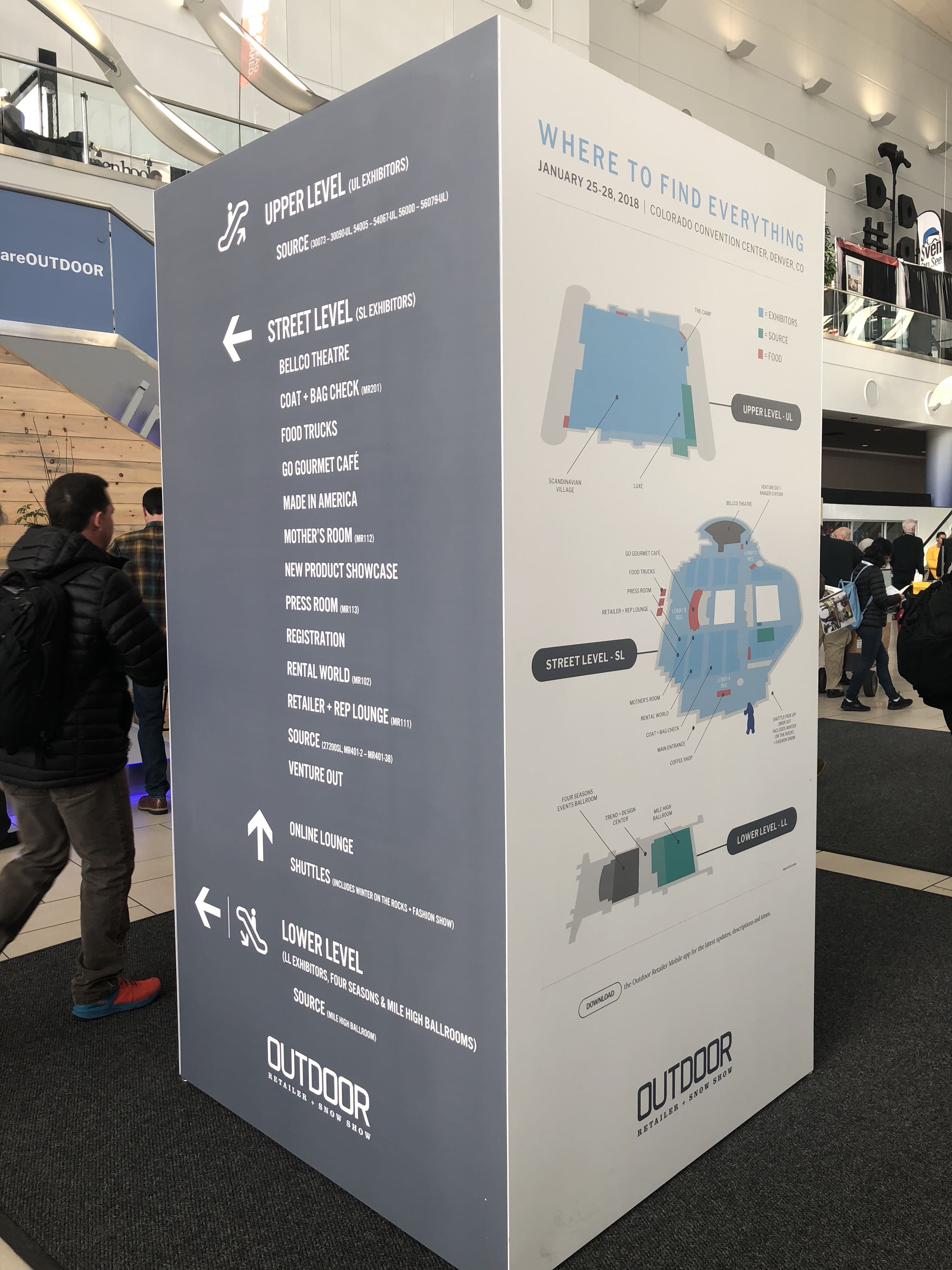
Eagles Nest Outfitters introduced their new Guardian DX Bug Net. It features two entry points as well as their DAC Featherlite spreader bar which helps with ventilation and keeping the sides (and bugs) away from you.
www.eaglesnestoutfittersinc.com

Eagles Nest Outfitters introduced their new Guardian DX Bug Net. It features two entry points as well as their DAC Featherlite spreader bar which helps with ventilation and keeping the sides (and bugs) away from you.
www.eaglesnestoutfittersinc.com

The Mübilex MUHL was developed by two outdoorsmen who wanted to keep things lightweight, yet enjoy a comfy camp chair while in the wild.
M – Multi
U – Use
H – Hybrid
L – Light

One of the weight saving measures is that part of the frame is comprised of hiking poles which many use.
Coming soon to Kickstarter.

The new Mag Striker is a chunky magnesium rod that you won’t drop when you’re wet and cold. It comes with a striker which includes a bottle opener.

Outdoor Tech has introduced a Mossy Oak line for those who need all of their gear to be camouflage .
It includes items like their Turtle Shell 3.0 – Waterproof Wireless Speaker which can run for 20 hours thanks to its built in power bank (3600 mAh).
On the way back to the East Coast from Vegas, I stopped in Denver for the combined snow show and Outdoor Retailer Winter Market. I had always attended the outdoor retailer shows in Salt Lake City, so I wanted to check out this new venue. I guess because it’s a combined show, the space seemed cramped. Although I was only on the ground for one day, there was plenty to see. I will give you some highlights of what I ran across.

This is the first of three OR shows in Denver this year. The summer market will be in July and the next winter market will be in November.
The TS12 is a semi-auto bullpup shotgun and the first shotgun in the Tavor family of weapons. Chambered for 12 gauge shotshells, the TS12 features a 15+1 capacity (12+1 with 3″ shells), and, in a design that is somewhat reminiscent of the SRM Arms Model 1216, feeds from a rotating drum of three 5-round magazine tubes that must be manually cycled as one tube is expended. Being a bullpup shotgun, despite its 28″ overall length, it manages to house an 18.5″ barrel. A monolithic Picatinny top rail allows for the attachment of iron sights and/or optics, while M-LOK slots on the 3 and 9 o’clock positions of the forend allow for the attachment of accessories.
The TS12 features an ambidextrous design, with feed ramps placed on both the left and right of the weapon for loading shells into an empty mag tube, while the charging handle can be switched from the left to the right, with the use of a tool. A crossbolt safety is placed a bit above the pistol grip, which can also be reversed for left or right shooters, as can the ejection port.
We had a bit of time with the TS12 at Range Day, and it’s a weapon that takes some getting used to, due to its design being a bit unique. Loading the tubes is simple: you load the shells into a mag tube, then depress a lever within the trigger guard (opposite the trigger) to unlock the drum to switch to a new tube. A round is automatically chambered when a fresh tube is switched to the top position. A button to the rear of the feed ramp can be depressed to eject shells from the mag tube. It’s a fairly hefty weapon with a large rubber buttpad, so it it absorbs recoil pretty well, and its semi-auto operation means you can throw a wall of lead down range pretty quickly, especially when you get used to transitioning to a new tube, after a bit of practice.
TBA Suppressors was displaying their wares at a booth in the 3rd floor NEXT Pavilion, and although it was the name of this product that caught our attention more than anything, after seeing what TBA had to offer we came out pretty impressed. The Sicario is a .22LR suppressor designed specifically to interface with a modified Ruger MK IV to function as an integrally-suppressed pistol.
Despite being integral, the Sicario consists of a quick-detach two-piece system. The standard spec barrel on the Ruger is replaced with a ported barrel with a 1/2×28 thread pitch for mounting the monocore and sleeve.
The end cap of the Sicario is broached for an allen wrench, although TBA designed it so you can disassemble it using the Ruger magazine, if need be.
TBA also offers a ported adapter that threads onto any other 1/2×28 threaded .22LR barrel, which interfaces with the core and sleeve exactly like the replacement Ruger barrel. This allows the suppressor itself to be mounted to virtually any compatible .22LR firearm. In the gallery above, you can see the adapter, then mounted onto a S&W M&P .22 Compact, and finally with the Sicario suppressor mounted to the pistol.